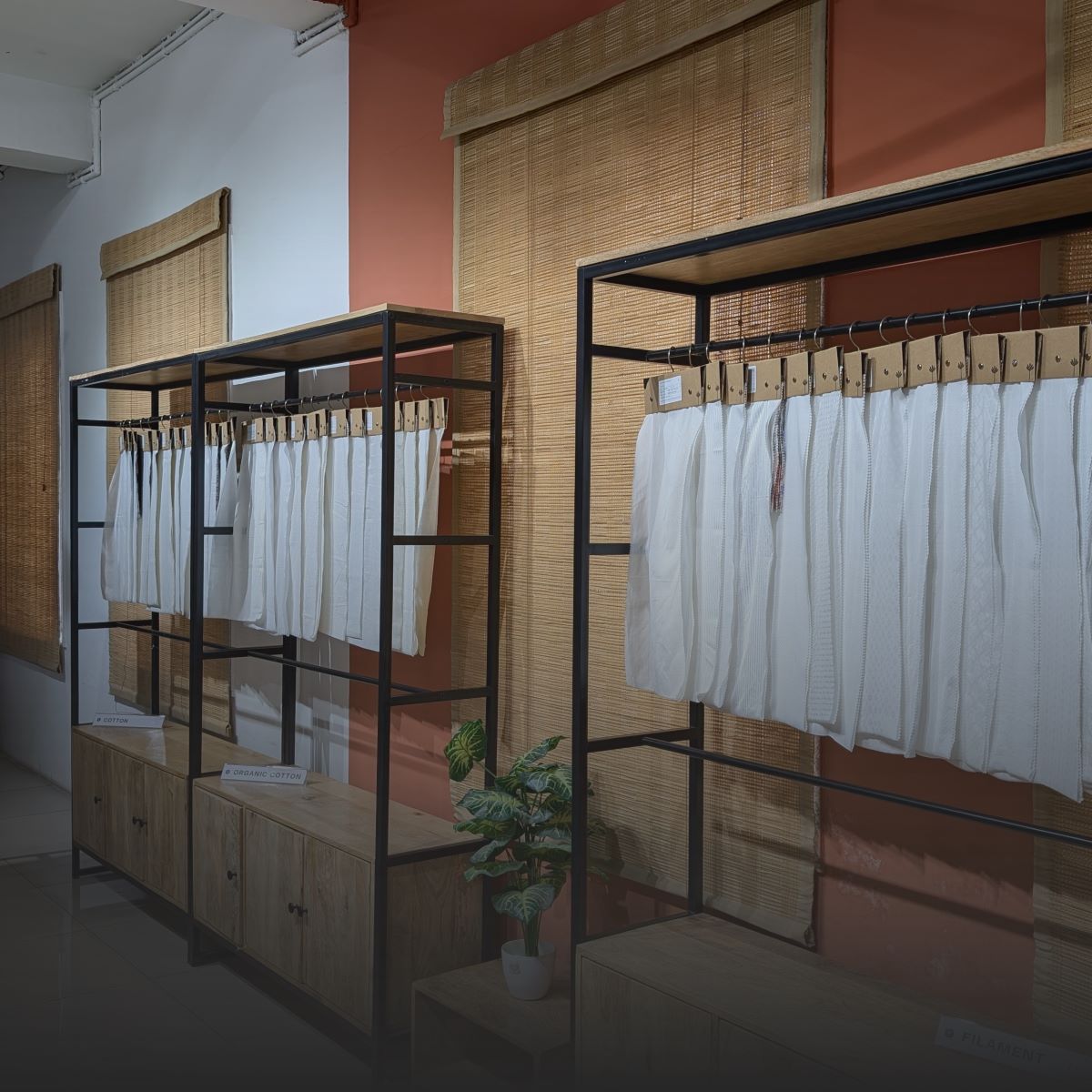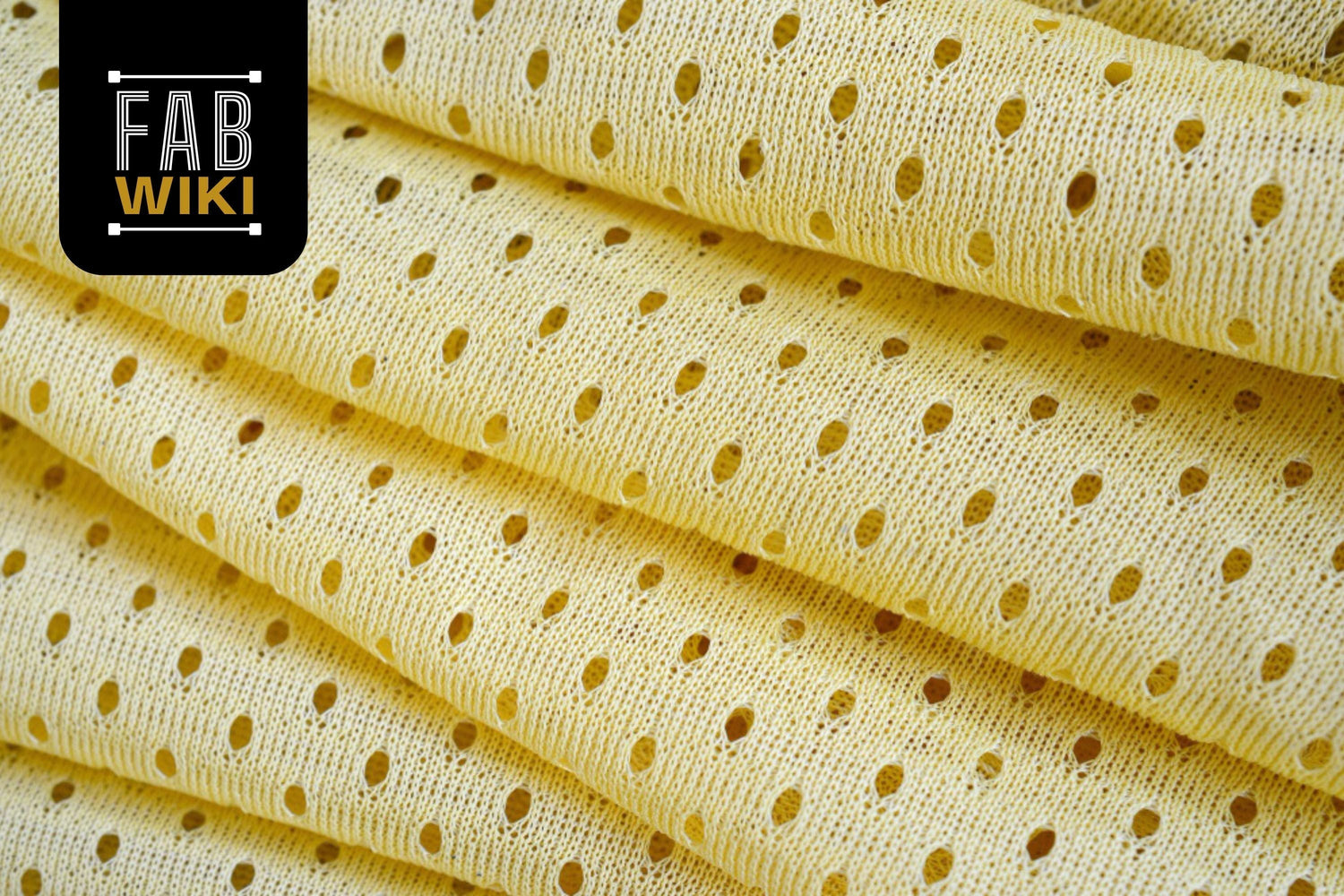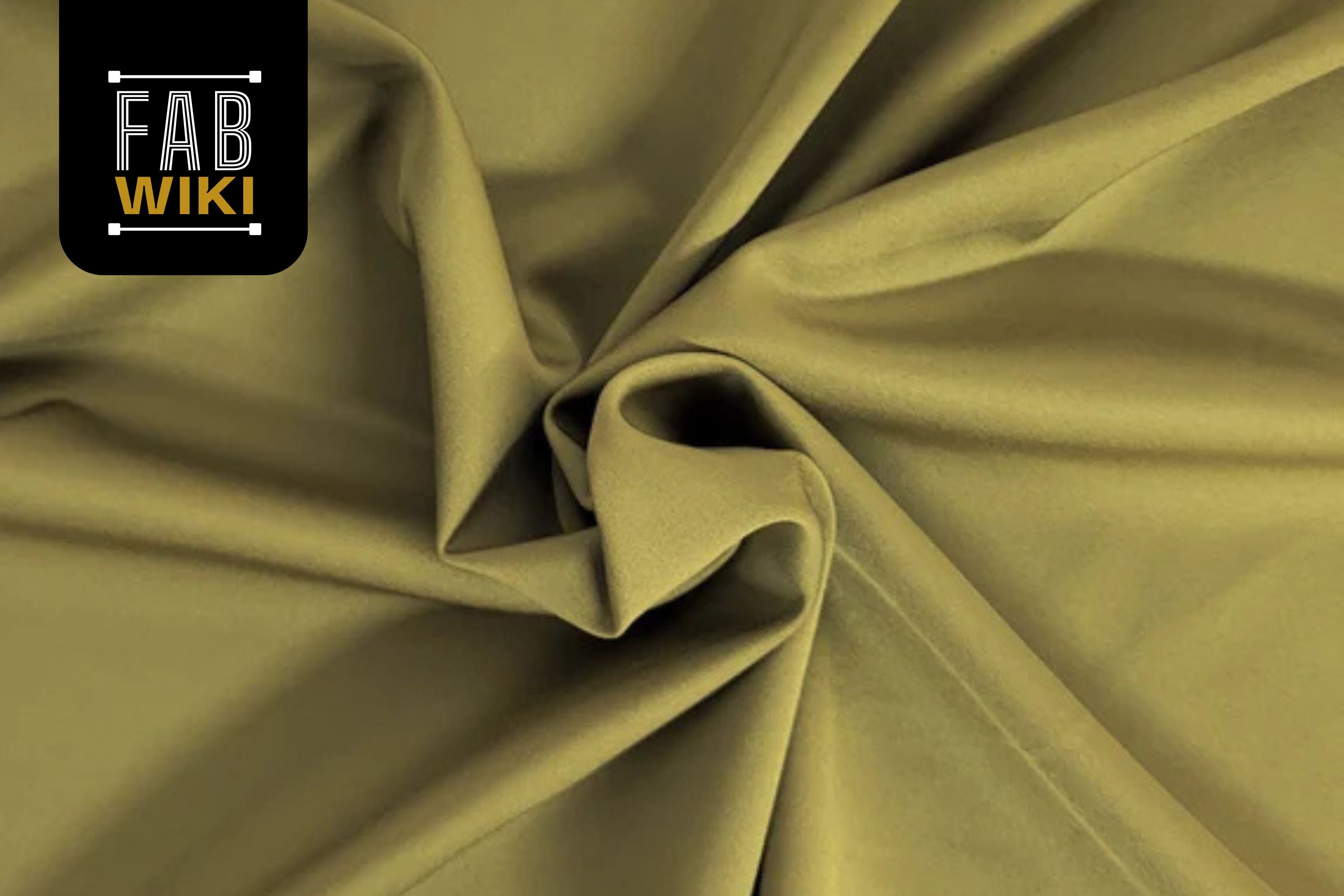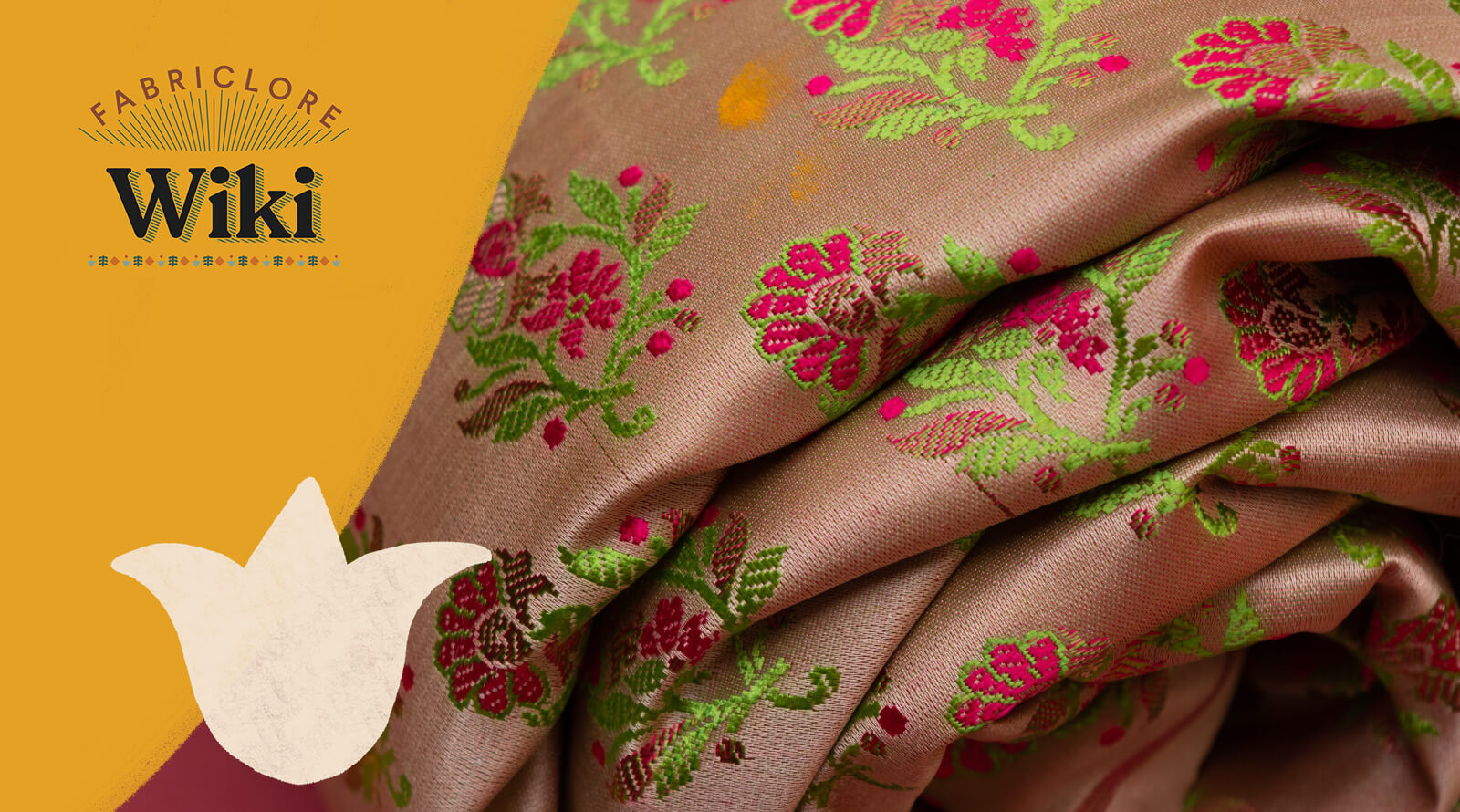Pineapple leaf fibre, also known as Piña in the Philippines. It is a natural fabric made from the long, slender leaves of the pineapple plant, mainly known for its lustrous finish, smooth texture, and sustainable origin, making it one of the oldest plant-based fibres still in use. Extracted from agricultural byproducts, PALF has gained recognition in both modern composite applications and traditional weaving.
In this guide, we'll explore what PALF is, how it's made, its material properties, advantages, disadvantages, and the industries where it is used today.
What Is Pineapple Leaf Fiber (Piña / PALF)?
Pineapple leaf fibre is a regenerated bast-like fibre obtained from the leaves of pineapple plants after fruit harvesting. Instead of discarding the leaves as waste, the fibres are extracted and processed into yarns or fabrics. Piña fabric, made from fine, hand-scraped PALF, has been used for centuries in the Philippines for traditional garments, such as the Barong Tagalog.
PALF has a cellulose content of approximately 70–80%, which contributes to its strength and durability. The fibres are naturally white to ivory in colour, smooth, and lustrous. Beyond its aesthetic appeal, PALF is valued for being biodegradable, renewable, and sustainable, since no additional resources are needed to grow the raw material.
History & Research Context

The use of PALF dates back hundreds of years in Filipino culture, where Piña fabric was woven into ceremonial and luxury clothing. Due to its delicate texture and natural sheen, it was regarded as a status symbol and a fabric reserved for special occasions.
Modern research into PALF began in the late 20th century, focusing on its mechanical properties, cellulose composition, and treatment methods. Studies have shown that chemical and enzymatic treatments can enhance its strength, making it suitable for not only fashion but also industrial and composite applications. Today, PALF is seen as both a cultural textile and a modern eco-material.
How Pineapple Leaf Fiber Is Made

Turning pineapple leaves into usable fabric involves several steps:
- Collection of Leaves – Leaves are harvested after fruit production, eliminating the need for additional cultivation.
- Decortication / Scraping – Fibres are manually or mechanically separated from the leaf using scraping tools. In traditional Piña, this is a hand process.
- Retting / Degumming – Pectins, hemicellulose, and lignin are removed through retting (biological soaking) or chemical/enzymatic degumming.
- Washing & Drying – Extracted fibres are washed, dried, and sometimes split into finer filaments.
- Spinning / Yarn Formation – Fibres are spun into yarn or joined manually in the case of continuous filaments.
- Weaving/Finishing – Yarns are woven into fabrics or used in the production of nonwoven materials. Finishes, such as bleaching or dyeing, enhance colour and texture.
Key Properties of PALF
PALF has been studied extensively, and its material characteristics explain why it is highly valued:
- High Cellulose Content: Approximately 70–82%, which contributes to the strength and stiffness of the material.
- Tensile Strength: Excellent tensile strength, further enhanced through alkali treatment (up to ~1600 MPa in optimised studies).
- Density & Diameter: Density similar to other natural fibres; diameter ranges 20–80 µm.
- Elongation: Low stretch and flexibility; tends to be brittle without modification.
- Appearance: Ivory-white, lustrous, smooth surface, comparable to silk in sheen.
- Breathability: It is ideal for warm climates due to its breathability and lightweight nature.
Variants & Treatments
Below are the different forms of PALF fabric usage:
- Alkali Treatment: Removes non-cellulosic matter, increases crystallinity, and improves strength.
- Blending: Combined with cotton, silk, or polyester to improve flexibility and durability.
- Composites: PALF combined with polymer matrices for automotive and construction materials.
- Fabric Types: Traditional Piña or modern blends for fashion and technical textiles.
Pros and Cons of Pineapple Leaf Fiber

Before selecting PALF fabric for fashion, it is essential to consider both its strengths and limitations.
Below is a table that shows the pros and cons of pineapple fibre:
|
Pros |
Cons |
|
Uses agricultural waste, reducing environmental impact. |
Labour-intensive extraction makes it more expensive than standard fibres. |
|
High cellulose content provides good strength. |
Low elasticity and flexibility compared to cotton or synthetics. |
|
Lustrous and smooth, with a silk-like appearance. |
Quality varies depending on leaf type and processing method. |
|
Lightweight and breathable, ideal for warm climates. |
Overprocessing can damage fibres and reduce their durability. |
|
Biodegradable and renewable natural fibre. |
Limited global production and availability. |
PALF vs Other Fibers
A direct comparison with other natural and synthetic fibres highlights PALF's performance and eco-benefits. This allows designers and manufacturers to evaluate when to use PALF as an alternative to cotton, silk, or polyester.
|
Property |
PALF (Pineapple Leaf Fiber) |
Cotton |
Polyester |
Silk |
|
Origin |
Pineapple leaves (waste) |
Cotton plant bolls |
Petrochemical (synthetic) |
Silkworm cocoons |
|
Cellulose Content |
70–80% |
90–95% |
None |
Protein-based |
|
Strength |
High, improves with treatment |
Moderate |
High |
High but delicate |
|
Elasticity |
Low |
Moderate |
High |
Moderate |
|
Appearance |
Lustrous, ivory-white |
Matte to soft sheen |
Can be glossy or matte |
Natural sheen, smooth |
|
Eco Impact |
Biodegradable, waste-based |
High water & pesticide use |
Non-biodegradable |
Ethical concerns |
Applications of Pineapple Leaf Fiber
PALF is versatile, with both traditional and modern applications:
- Fashion & Apparel: Piña fabrics are suitable for formal wear, scarves, and luxury garments.
- Home Textiles: Curtains, table linen, upholstery with decorative value.
- Accessories: Bags, wallets, and artisanal products.
- Industrial Composites: Reinforcement in automotive parts, construction materials, and polymer matrices.
- Traditional Clothing: Ceremonial and cultural garments in the Philippines.
Key Takeaways
Pineapple leaf fibre is a unique combination of cultural heritage and eco-innovation. Turning waste leaves into textiles reduces environmental impact while offering lustrous, breathable fabrics. Though limited by cost and scalability, PALF is ideal for luxury apparel, home textiles, and composites. With further research, it could play a key role in sustainable design worldwide.
FAQs
1. What Is Pineapple Leaf Fibre (Piña)?
Pineapple leaf fibre is a natural textile made from the leaves of the pineapple plant. Known as Piña in the Philippines, it is a smooth, lustrous, and biodegradable material. Because it is derived from agricultural waste, it is considered one of the most sustainable natural fibres.
2. How Is Pineapple Leaf Fibre Made?
PALF is produced by scraping or decorticating pineapple leaves to extract fibres. These are then retted or degummed, washed, dried, and spun into yarns. The yarns can be woven into Piña fabrics or blended with other fibres for strength and durability.
3. What Are the Properties of PALF?
PALF is rich in cellulose (70–80%), giving it strength and stiffness. It has a natural ivory colour, smooth surface, and lustrous appearance. While breathable and lightweight, it lacks elasticity and requires treatments or blends to enhance flexibility and durability.
4. What Are the Advantages of PALF?
PALF utilises waste leaves, making it an eco-friendly and renewable product. It is strong, breathable, and features a silk-like sheen, making it popular in luxury fabrics. Its biodegradability further increases its sustainability value, making it appealing for eco-conscious industries.
5. What Are the Disadvantages of PALF?
PALF is labour-intensive to extract, which raises production costs. It is not very elastic, and untreated fibres may degrade quickly. Over-processing with chemicals can weaken it, and availability remains limited compared to global staples like cotton or polyester.
6. How Does PALF Compare to Cotton or Polyester?
PALF is more sustainable than cotton or polyester because it comes from waste leaves. It has higher strength than cotton but lower elasticity than polyester. While polyester is more durable and flexible, PALF is biodegradable and eco-friendly, offering a greener alternative.
7. Where Is Pineapple Leaf Fibre Used?
PALF is used in traditional clothing, such as the Barong Tagalog, as well as in luxury fashion, scarves, and decorative home textiles. It is also being used in polymer composites for cars and construction, where strength and sustainability are equally important.
We also happen to be a magnet for suggestions, and would love to catch yours….throw us yours on hello@fabriclore.com




